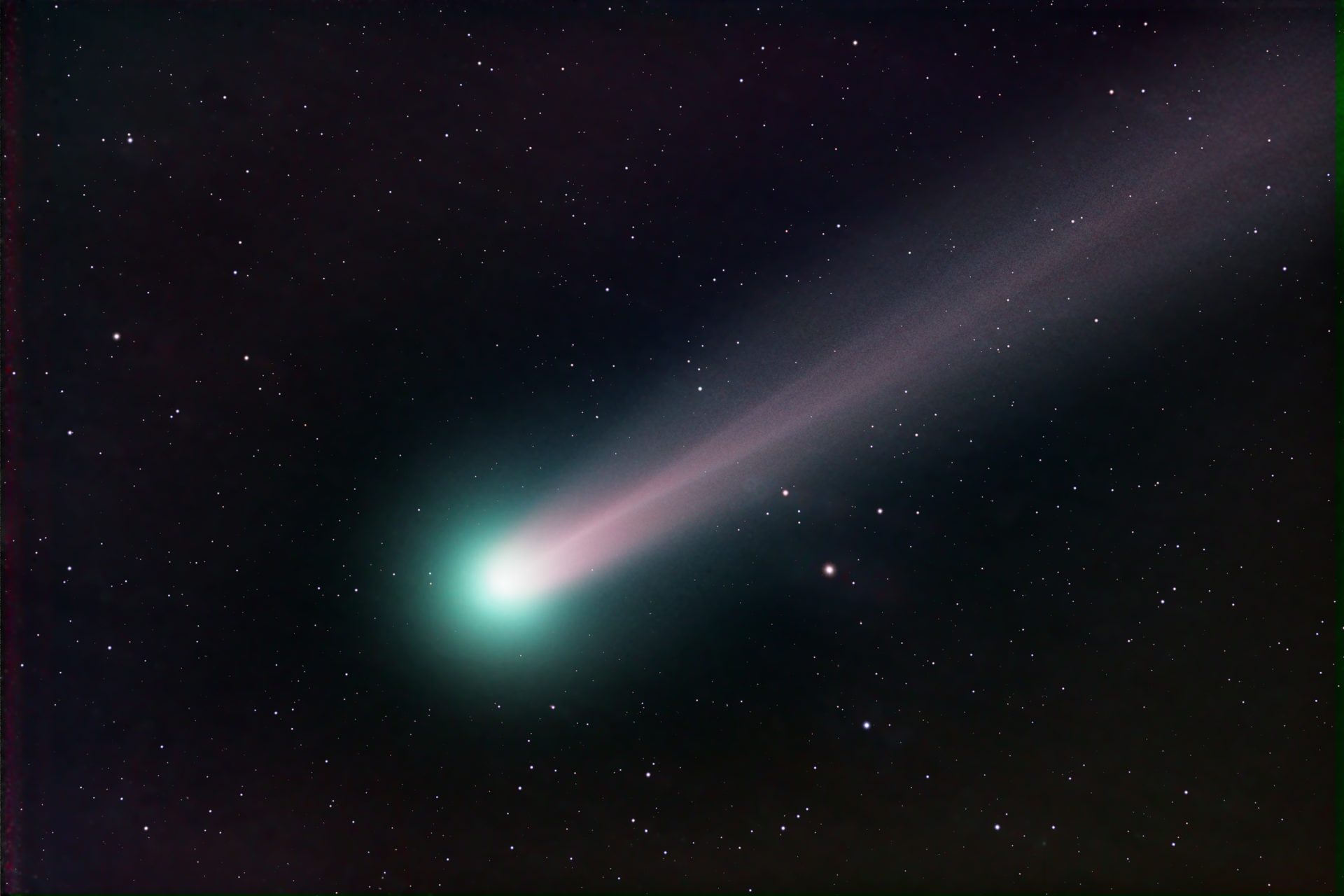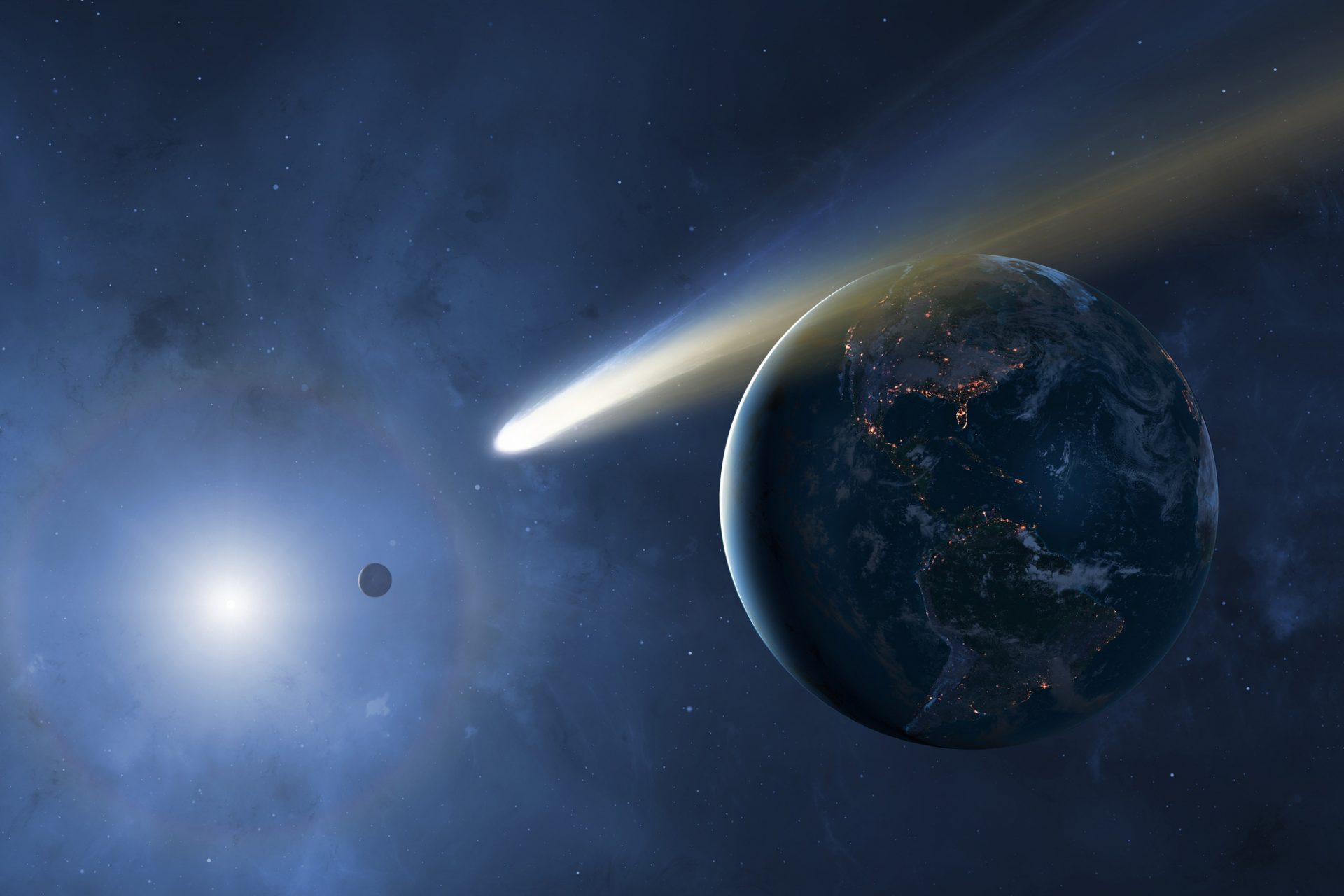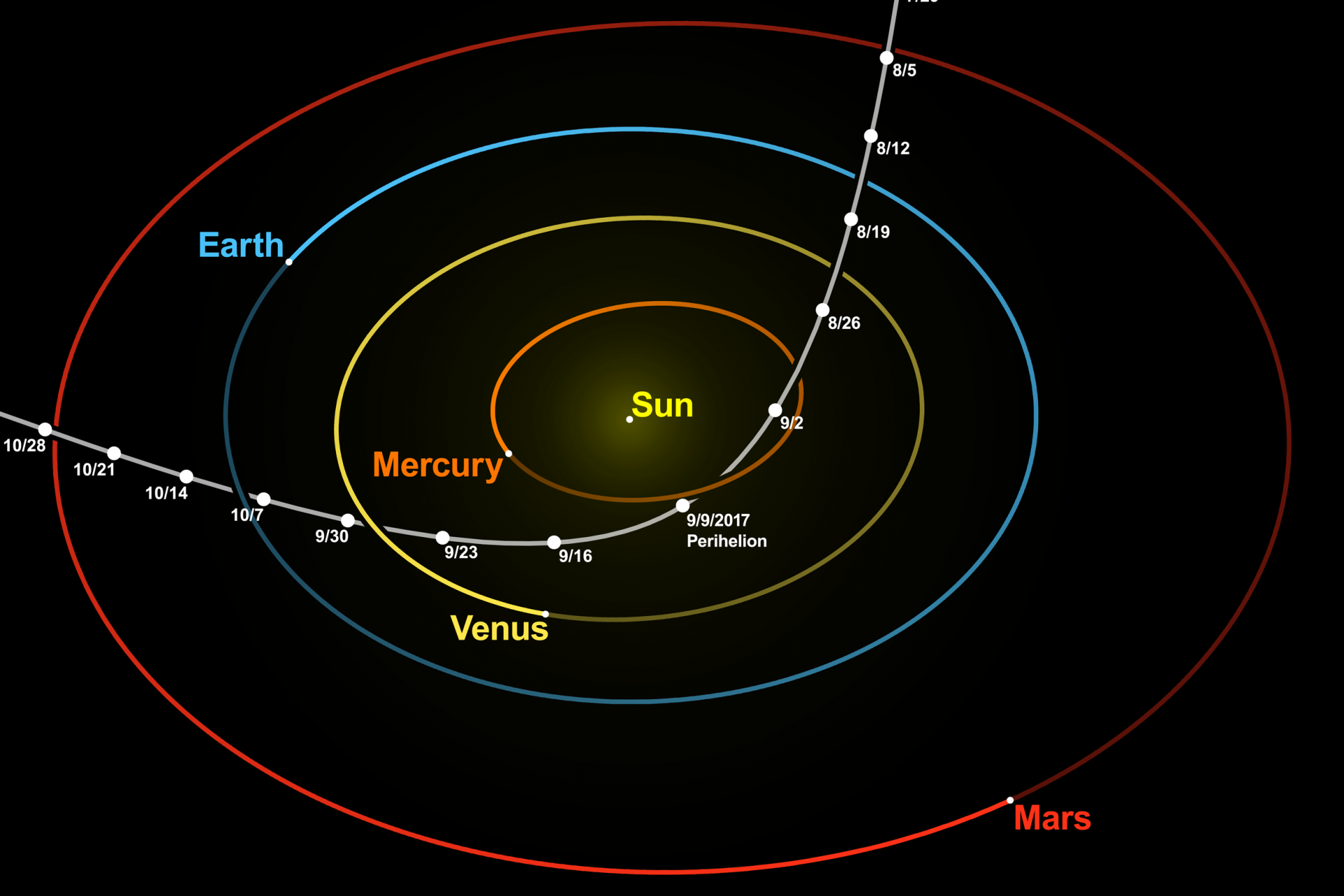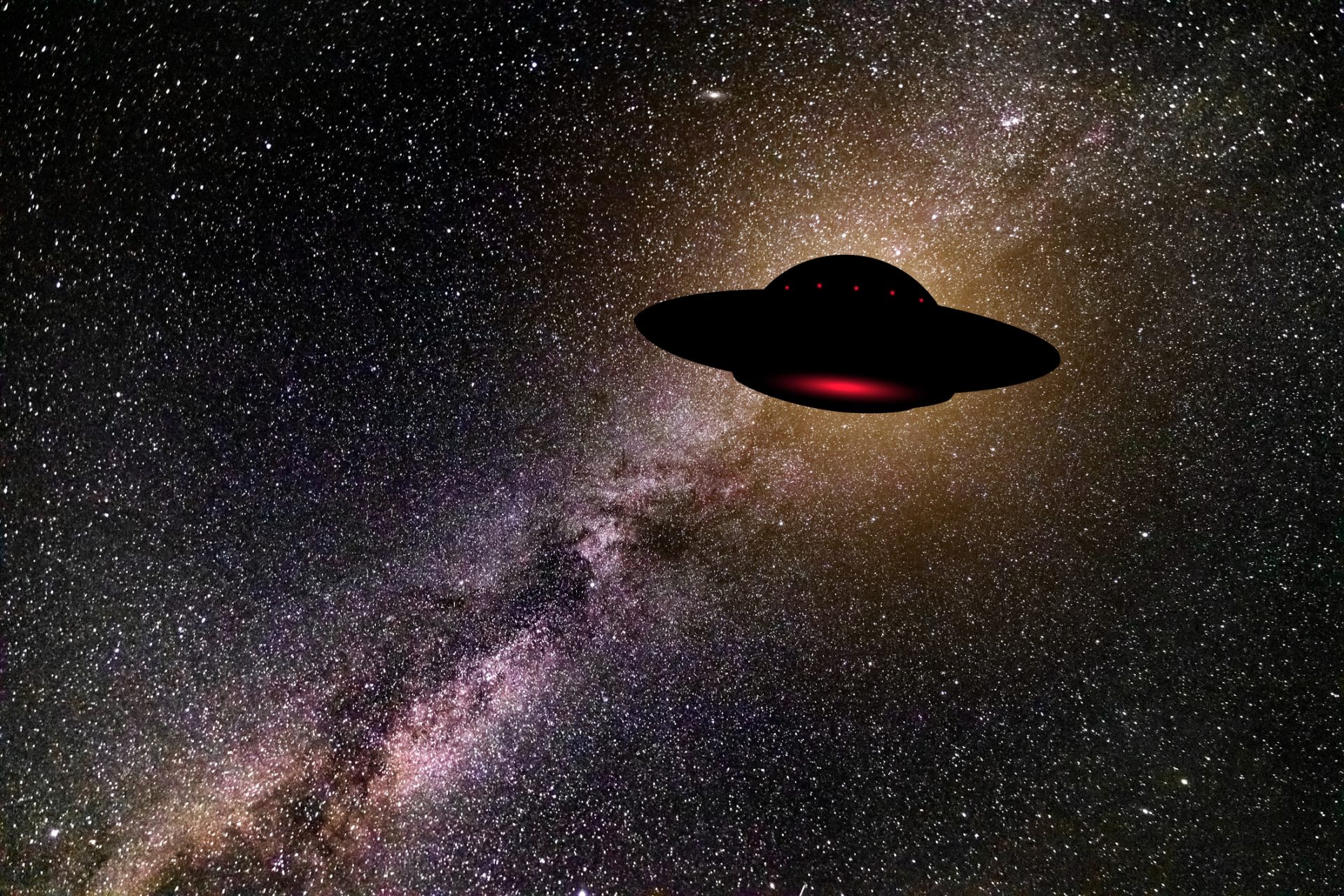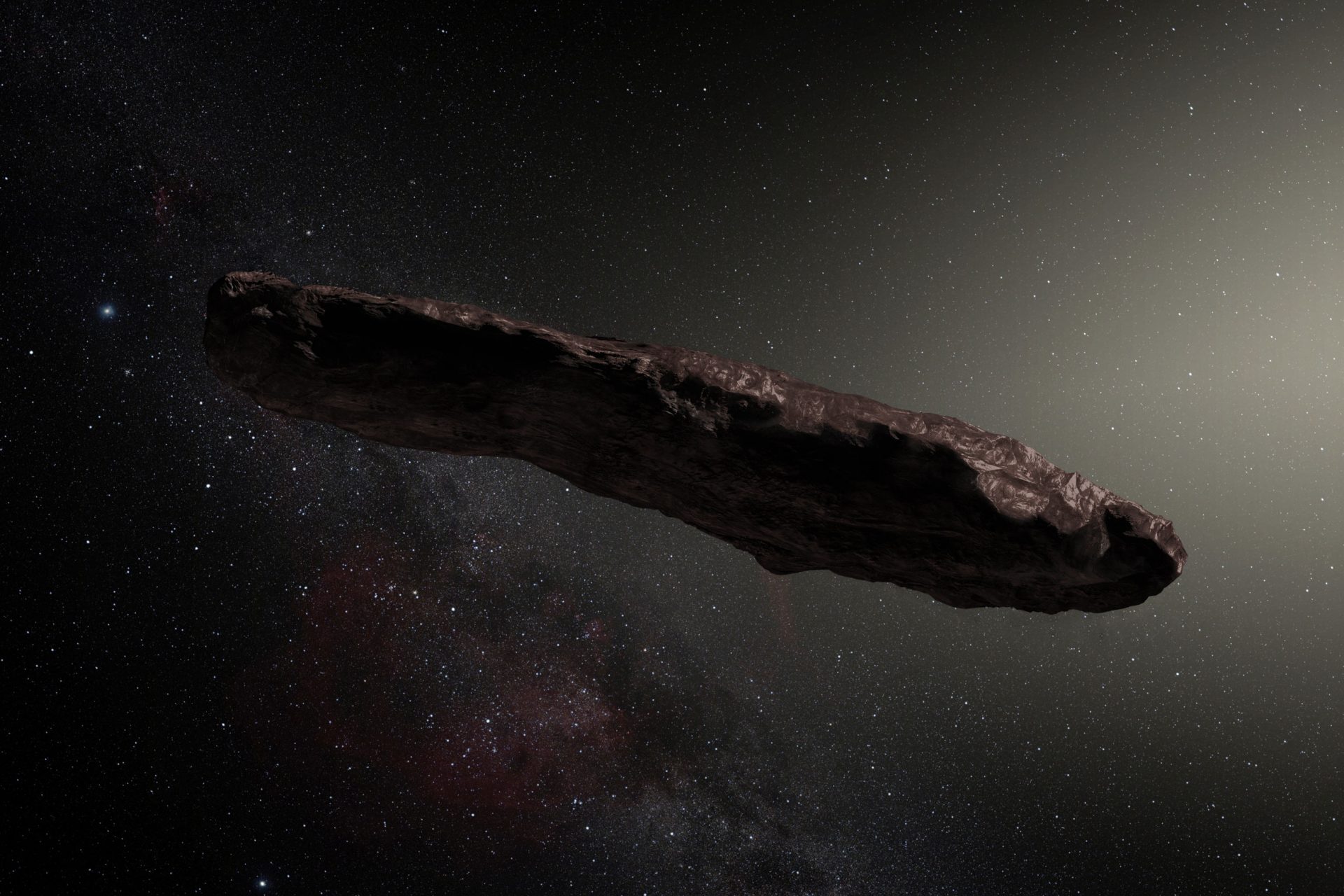Meet Oumuamua: the interstellar object some astronomers thought might have been an alien spaceship
The Oumuamua comet is now confirmed to be the first interstellar object to visit our solar system, according to NASA. But when the object was first discovered back in 2017 it caused a lot of confusion and spurred on more than a few weird theories about what it was and where it came from.
Astronomers studying the sky back in 2017 were examining the night sky from the Panoramic Telescope and Rapid Response System and stumbled on a weird comet with a speed and trajectory that didn't make sense.
Never miss a story! Click here to follow The Daily Digest.
The comet in question was moving too fast and entered our solar system on a trajectory that couldn't be explained by any known scientific theory at the time, which led to a lot of speculation about the interstellar object.
Photo: Wiki Commons By nagual design; Tomruen - Own work made with trajectory data from JPL Horizons, redrawn by nagual design, CC BY-SA 4.0
In 2018, Harvard astronomers Avi Loeb and Shmuel Bialy theorized that the object's nongravitational acceleration could have been evidence that it was a spaceship using a solar sail according to Space.com, a theory which most astronomers did not support according to the news outlet.
The comet had a speed of roughly 54 miles per second according to Time Magazine’s Jefferey Kluger and had a highly elliptical orbit, which scientists said indicated the comet didn’t originate in our solar system and actually traveled to us from deep space.
“For decades we’ve theorized that such interstellar objects are out there, and now—for the first time—we have direct evidence they exist,” said the Associate Administrator of NASA’s Space Mission Direct Thomas Zurbuchen at the time of the comet's discovery.
“This history-making discovery is opening a new window to study [the] formation of solar systems beyond our own,” Zurbuchen added, and he was more right than he knew.
Scientists quickly realized that at the speed the comet was traveling, it had to have accelerated in the latter half of its journey, a fact that shocked the scientific community according to Kluger since the speed increase couldn’t be explained by our sun's gravitational pull or any other scientific theory.
Photo Credit: NASA
“That left even sober scientists to speculate that the object might actually be an alien spacecraft,” Kluger wrote, “speeding up under its own power during its barnstorming of our solar system.”
The comet was later named Oumuamua—which means “a messenger from afar” in Hawaiian according to Kluger—and while media speculation ran rampant about the possible discovery of aliens, scientists got to work figuring out a less fantastical explanation for Oumuamua.
Photo: By Original: ESO/M. Kornmesser Derivative: nagualdesign, CC BY-SA 4.0
Some researchers theorized that what was found could have been an alien spacecraft, but roughly half a decade after the discovery, astronomers finally figured out the mysteries behind the comet and published their findings in March 2023.
Hard work into the origins of our solar system's first interstellar visitor eventually paid off and two scientists believe they’ve finally found an explanation for Oumuamua’s unexplained speed increase halfway through its journey.
Professors Jennifer Bergner and Darryl Seligman were able to show that Oumuamua’s speed increase was due to the release of what they said was “trapped molecular hydrogen” that had formed through an “energetic processing” of the comet’s icy body.
“In this model, Oumuamua began as an icy planetesimal that was irradiated at low temperatures by cosmic rays during its interstellar journey, and experienced warming during its passage through the Solar System,” the professors explained.
As Oumuamua warmed, the trapped hydrogen in its body was allowed to escape, which fueled the comet and allowed it to increase its speed to levels that baffled scientists.
Bergner and Seligman published their work in the peer-reviewed journal Nature, and if it proves true, it would explain how Oumuamua was able to speed up in the latter half of its journey to our solar system.
Photo Credit: NASA
Karen Meech is a leading expert on comets at the University of Hawaii’s Institute for Astronomy, and she told the New York Times via email at the time the study was published that Bergner and Seligman's explanation for Oumuamua’s speed was a “very interesting” one.
“I’m not willing to say it ‘solves’ things,” Meech continued in her email to the New York Times, “the smoking gun there would be to have detected hydrogen spectroscopically.”
“But it is very plausible, and if another object is discovered that looks like Oumuamua, then all these models and explanations provide a lot of guidance for the observations,” Meech added.
Controversy over Oumuamua raged on, however, since many astronomers at the time didn't agree with Bergner and Seligman’s assessment of Oumuamua’s icy body fueling the comet's speed increase.
“The authors of the new paper claim that it was a water ice comet even though we did not see the cometary tail,” Harvard astronomer Dr. Avi Loeb told the New York Times. “This is like saying an elephant is a zebra without stripes.”
In 2021, Alan Jackson and Steve Desch of Arizona State University proposed that Oumuamua could be a giant chunk of nitrogen that was blasted off of a Pluto-like celestial body according to Space.com.
More for you
Top Stories



